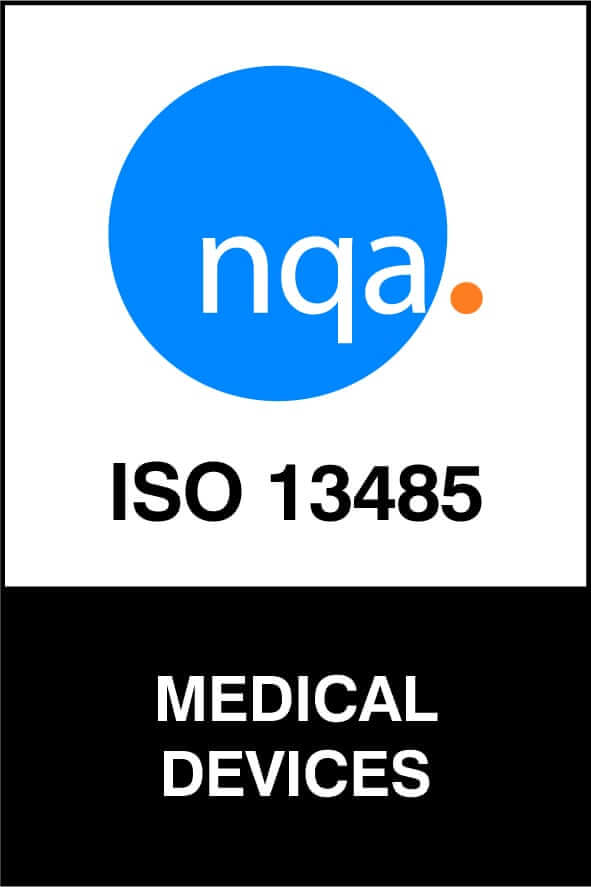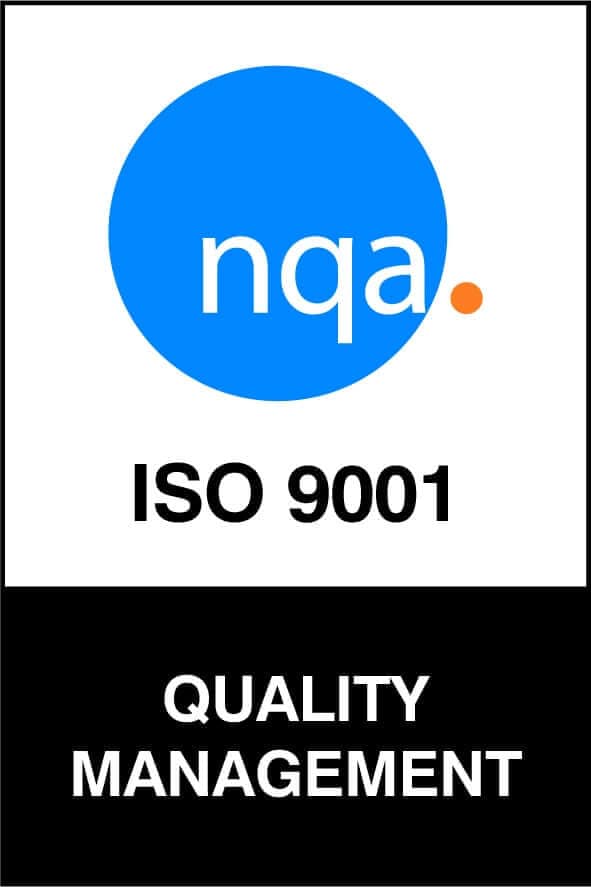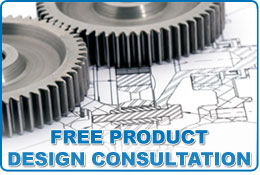Prototyping
Prototyping plays a critical role in the design and development of new parts. It allows designers and engineers to test the form, fit, and function of a product concept to gain a better understanding of how it will perform. Doing so helps identify and correct flaws or defects before moving to production.
At Jefferson Rubber Works, Inc., we specialize in rubber molding and have the ability to assist with everything from design and prototyping to production and finishing. Learn more about the prototyping process below, including its key benefits, applications, and more.
What is Prototyping?
Prototyping is the process of creating an initial mock-up or model of a product to test and gather feedback prior to producing the final product. It can involve various iterations or stages, allowing designers and other stakeholders to visualize the look and feel of a product, as well as how end-users will interact with it.
Creating prototypes early on is key to reducing costs associated with substandard product designs. It provides a fast way to validate early concepts and refine features to ensure the end result performs as intended.
Our Prototyping Process
Prototypes can take several forms. At Jefferson Rubber, we offer customized solutions depending on the product specifications using either 3D printed elastomer parts, prototype tooling with a limited number of parts, or limited tooling cavitation for initial process set-up and validation.
3D Printed Elastomer Parts
Printed parts are the fastest way to get a flexible part for testing and, in most cases, can be produced within a day. These parts have limitations in material characteristics, so it is not always possible to thoroughly test functionality, but they work very well for form and fit. Rapid improvements in 3D printing technology mean that 3D printing can be used for a greater range of prototyping applications.
Prototype Tooling with a Limited Number of Parts
We can manufacture prototype tooling, as well as parts made from the selected materials. These parts are very close to production quality and will represent the material characteristics accurately. This means that the parts can be tested for functionality. Lead time is a little longer as tooling is still involved, but this step is essential if material validation is needed.
Limited Tooling Cavitation for Initial Process Set-Up and Validation
If the product is higher volume, then we often suggest having limited cavities cut to prove out part, process, and material. This limits the investment while still being able to explore the process and materials and fully test functionality. This step is not wasted, as more cavities can be added to support production once validation is complete and molding begins.
Molded rubber parts have a barrier to entry with the tooling. To ensure good part design and function, it is important to utilize the prototype steps. These will help move the product from concept to production with the least amount of risk and the best chance of successful molding development.
Benefits of Prototyping
Prototyping your rubber molded parts offers numerous benefits, including:
- Identify Design Flaws. Prototyping can help to identify design flaws early in the development process, allowing them to be fixed before they become larger issues.
- Cost-Efficiency. Catching problems early on avoids costs associated with having to fix issues during production. This results in reduced overall product development expenses.
- Test Functionality and Performance. Prototyping allows you to verify that a product will function and perform as intended before moving to production.
- Enhance Communication and Receive Valuable Feedback. Prototypes can be presented to other designers, end users, and stakeholders to gather feedback and make improvements. This level of communication ensures you create the best product possible.
- Increase Product Success. Prototyping prevents problems from arising when a product reaches the market, increasing its likelihood of success.
Applications of Prototyping
Elastomeric 3D printing facilitates the production of complex elastomeric components and offers a fast, cost-effective prototyping solution before molding begins. This process is ideal for prototyping various types of products, including:
- Custom parts
- Rubber grommets, gaskets, and seals
- Handles with grips
- Hoses and ducting
- Plugs, caps, and stoppers
- Rubber bumpers and feet
- Overmolding prototypes
- Medical components
Prototyping Services from Jefferson Rubber Works, Inc.
Jefferson Rubber Works, Inc. is committed to providing our customers with innovative prototyping solutions to streamline the product development process. We pride ourselves on providing superior prototyping services and design solutions that meet the needs of diverse industries and applications. For more information, or to work with us on your next prototyping project, contact us today.







